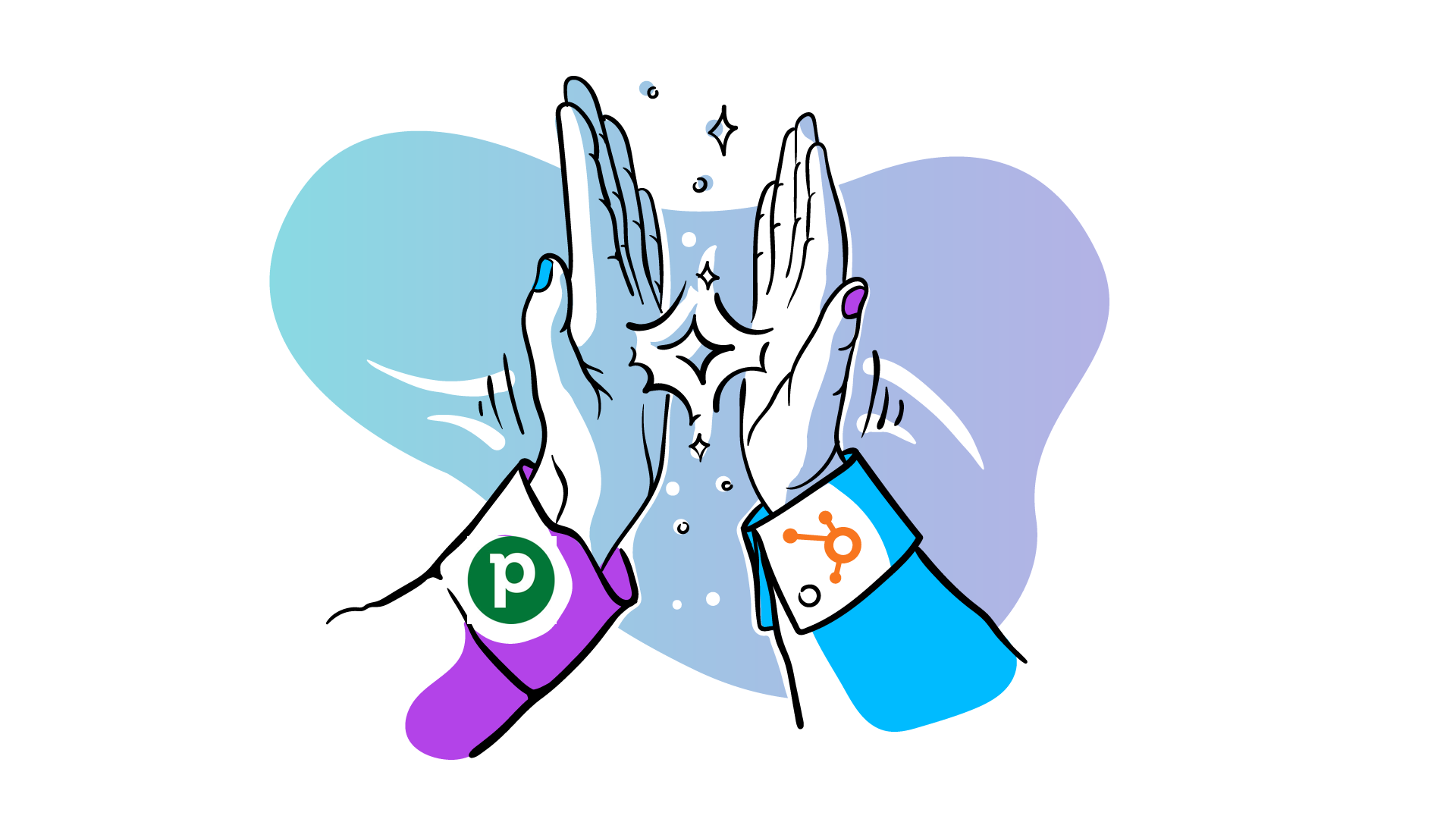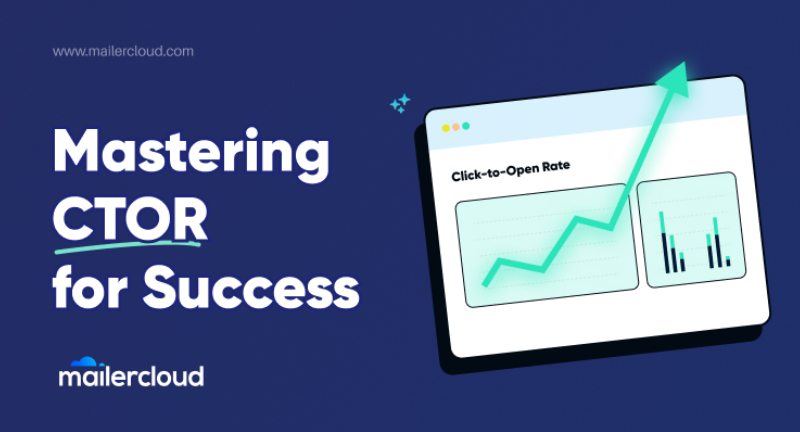HubSpot is best for comprehensive marketing and sales integration. Pipedrive excels in simplicity and ease of use for sales pipeline management.
HubSpot and Pipedrive are two popular tools for sales pipeline management. Each offers unique features tailored to different business needs. HubSpot provides an all-in-one platform that integrates marketing, sales, and customer service. This makes it ideal for businesses seeking a holistic approach.
Pipedrive, on the other hand, focuses on simplicity and user-friendliness. It is designed to streamline the sales process, making it easier for sales teams to manage leads and close deals. Both tools have their strengths and cater to different aspects of sales pipeline management, depending on the specific requirements of your business.

Credit: www.pipedrive.com
Key Features
HubSpot offers robust marketing automation and CRM integration, ideal for comprehensive sales strategies. Pipedrive excels in pipeline visualization and user-friendly interface, perfect for straightforward sales processes. Both cater to different sales management needs.
Core Functionalities
HubSpot offers a free plan. It includes email tracking, live chat, and deal management. Pipedrive focuses on pipeline management. It has customizable pipelines and sales forecasting. Users can track activities and goals easily. Both tools provide reporting and analytics. HubSpot integrates with many apps. Pipedrive has a user-friendly interface. HubSpot suits larger teams. Pipedrive is ideal for small to medium businesses.
Unique Selling Points
HubSpot’s CRM is free forever. It integrates with its marketing tools. Pipedrive offers visual sales pipelines. This helps teams stay organized. HubSpot provides email marketing features. Pipedrive has a mobile app for salespeople. HubSpot includes customer support via chat and email. Pipedrive offers 24/7 support. Both tools help improve sales processes. Choose based on your team’s needs.

Credit: www.youtube.com
Ease Of Use
HubSpot offers a user-friendly interface with intuitive navigation, making it easy for teams to manage their sales pipelines. Pipedrive simplifies the process with its visual sales pipeline, enabling users to track deals effortlessly.
User Interface
HubSpot’s user interface is very intuitive. It offers a clean layout and simple navigation. New users find it easy to get started. Pipedrive’s interface is also easy to use. It features a visual sales pipeline. This helps users see their deals at a glance.
Learning Curve
HubSpot provides many tutorials and resources. Users can learn the system quickly. Pipedrive is straightforward with its features. It takes less time to learn. Both platforms are designed to be user-friendly.
Customization Options
Both Hubspot and Pipedrive offer flexible settings. These settings allow users to tailor their sales pipeline. Hubspot provides more advanced customization options. Users can customize dashboards, reports, and workflows. Pipedrive is simpler but still effective. It allows for easy customization of pipeline stages and deal details.
Hubspot has a wide range of third-party integrations. These include integrations with email marketing tools, CRM systems, and social media platforms. Pipedrive also supports many integrations. It works well with apps like Zapier, Slack, and Google Workspace. Both tools ensure that your sales process is connected and efficient.
Pricing Structure
HubSpot offers a tiered pricing structure, starting with a free plan, making it scalable for businesses of all sizes. Pipedrive provides a straightforward pricing model, focusing on simplicity and cost-effectiveness, ideal for small to medium enterprises.
Subscription Plans
HubSpot offers a free plan with basic features. Their paid plans start at $50 per month. The higher-tier plans can cost up to $3,200 per month. Pipedrive has a 14-day free trial for new users. Their paid plans start at $12.50 per month. The most expensive plan costs $99 per month.
Cost-benefit Analysis
HubSpot’s free plan is great for small businesses. It provides essential tools without any cost. Larger businesses might find the higher-tier plans more useful. These plans come with advanced features but are expensive. Pipedrive’s plans are more affordable. Even the most expensive plan is less than HubSpot’s highest-tier plan. Small to medium businesses might find Pipedrive more cost-effective. Both platforms offer features to manage sales pipelines efficiently.
Customer Support
HubSpot excels in customer support with comprehensive tools and resources, ensuring efficient sales pipeline management. Pipedrive offers a user-friendly interface, making it ideal for sales teams seeking simplicity.
Support Channels
HubSpot offers support through email, phone, and live chat. Pipedrive also provides support through email and live chat. Phone support is not available for Pipedrive users. Both platforms have extensive knowledge bases for self-help.
Response Times
HubSpot’s response time is usually within 24 hours for emails. Phone and live chat support have faster response times. Pipedrive’s live chat support responds within a few minutes. Email support can take up to 48 hours for a response.
User Reviews
HubSpot offers robust features for comprehensive sales management. Pipedrive excels in simplicity and ease of use. Both platforms cater to different business needs effectively.
Customer Satisfaction
Many users love Hubspot’s ease of use. It offers a clean and intuitive interface. It helps teams track sales effortlessly. Pipedrive also gets praise for its user-friendly design. Both platforms have a steep learning curve initially. Once you get used to it, the process becomes smooth. Hubspot’s customer support receives many positive reviews. Pipedrive’s support is also reliable but not as praised.
Common Complaints
Some users find Hubspot expensive for small businesses. They feel the pricing plans are not flexible. Pipedrive users sometimes complain about limited customization options. Hubspot’s reporting features can be overwhelming for new users. Pipedrive lacks some advanced analytics that bigger teams need. Both platforms may lag occasionally, causing minor disruptions. Users often request more integrations with other tools. Hubspot and Pipedrive continue to improve based on feedback.
Final Verdict
Hubspot is ideal for businesses looking for an all-in-one platform. It offers marketing, sales, and customer service tools. It is perfect for large teams needing advanced features and integrations. Beginners also find it user-friendly.
Pipedrive is great for small to medium-sized businesses. It focuses mainly on sales pipeline management. The interface is simple and easy to use. Sales teams can track deals and activities efficiently.
Both Hubspot and Pipedrive have unique strengths. Choose Hubspot for its comprehensive tools and ease of use. Opt for Pipedrive for its simplicity and focus on sales. The choice depends on your business needs and team size.

Credit: outfunnel.com
Frequently Asked Questions
What Is Hubspot?
HubSpot is a comprehensive CRM platform. It offers tools for marketing, sales, and customer service. It helps businesses grow by improving their customer relationships.
What Is Pipedrive?
Pipedrive is a sales-focused CRM platform. It is designed to help sales teams manage their pipelines. Its intuitive interface makes tracking deals easier.
How Does Hubspot Manage Sales Pipelines?
HubSpot uses a visual dashboard. It tracks deals, sales activities, and performance metrics. It also offers automation tools to streamline sales processes.
How Does Pipedrive Manage Sales Pipelines?
Pipedrive uses a visual sales pipeline. It allows easy tracking of deals and sales activities. It also offers automation to boost sales efficiency.
Conclusion
Choosing between Hubspot and Pipedrive depends on your sales pipeline needs. Hubspot offers a comprehensive suite of tools. Pipedrive excels in simplicity and ease of use. Evaluate your specific requirements and budget. Both platforms provide excellent features for boosting sales efficiency.
Make an informed decision for your business growth.


